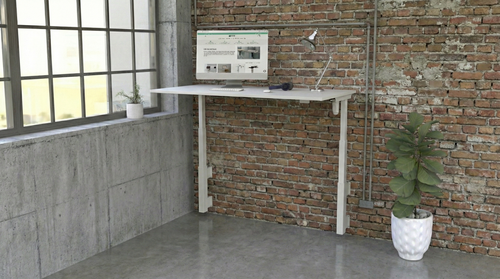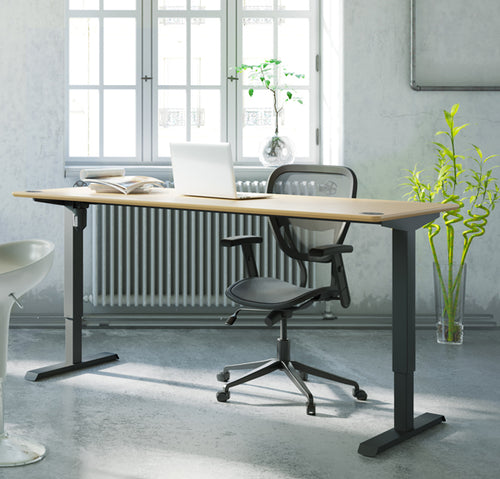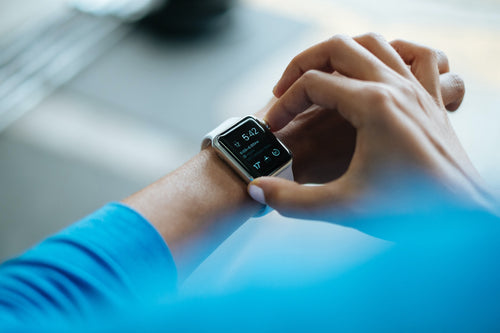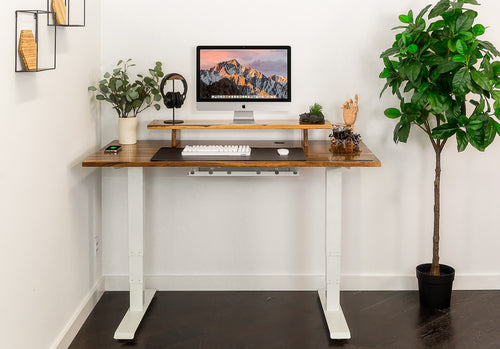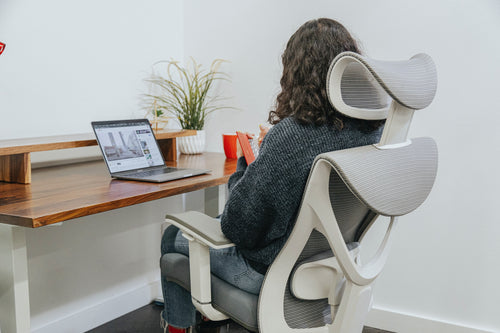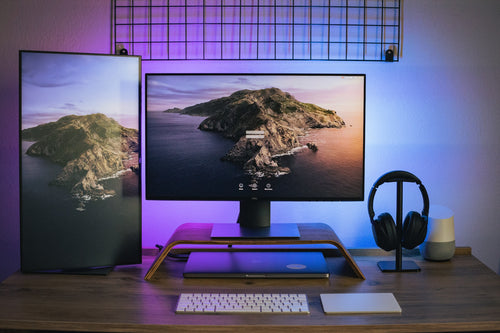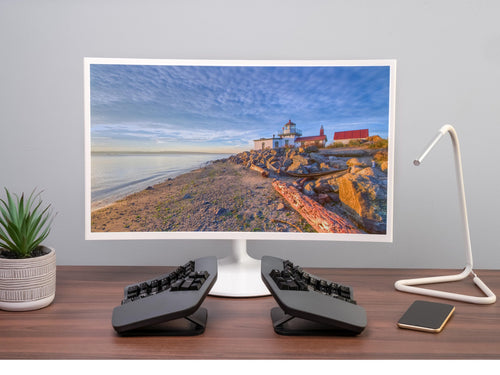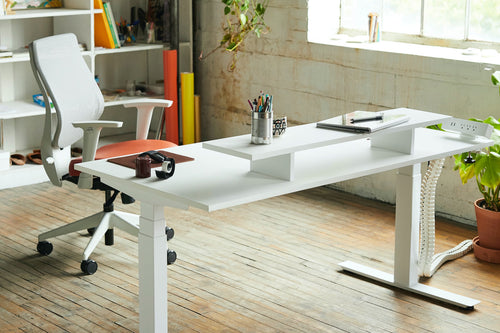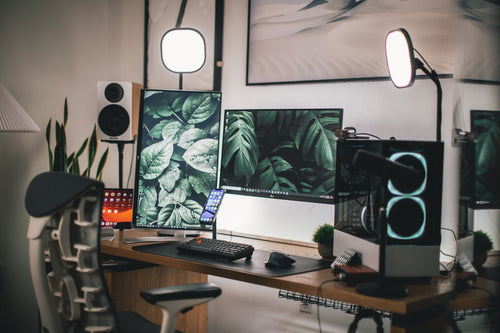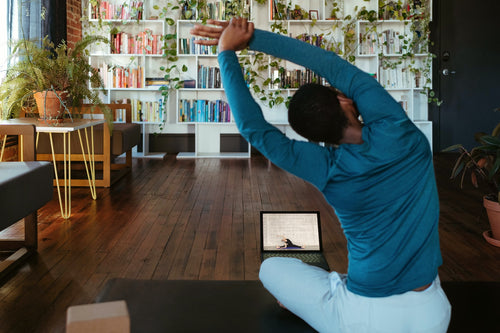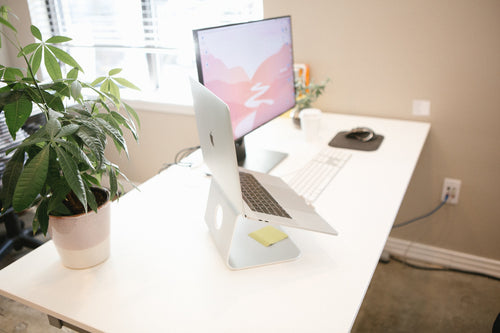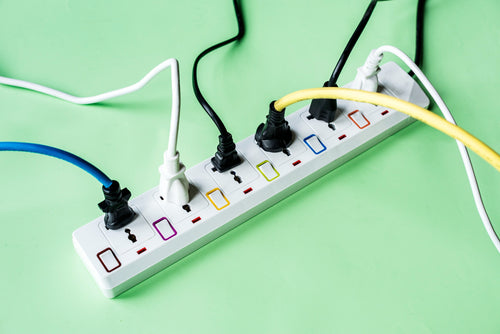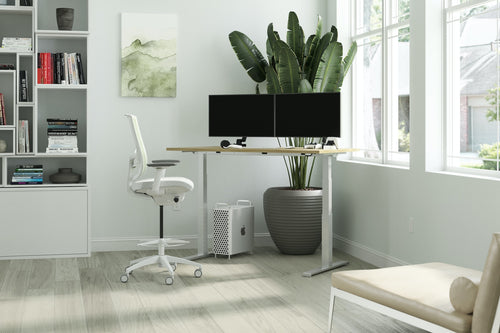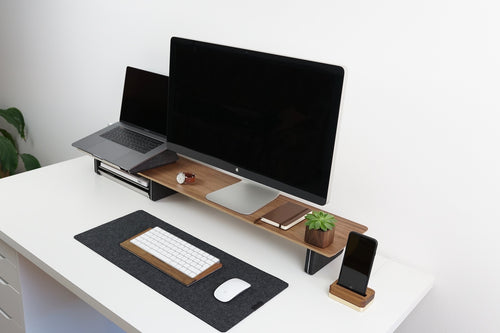Are you a gamer who wishes to improve your abilities? Do you spend hours playing your favourite games on the computer or console? If this is the case, you may be overlooking a key facet of gaming that can make a significant difference in your performance: ergonomics.
Ergonomics is the science of creating and organising objects such that they are comfortable for the people who use them. Its goal is to increase comfort, efficiency, safety, and well-being. In gaming, ergonomics investigates how players interact with their gear and tools – and how current standards may not be adequate.
In this article, we'll discuss why ergonomics is important in gaming, how it can enhance your performance, and what you can do to optimise your gaming setup and habits. Whether you're a casual gamer or a competitive esports player, implementing ergonomic concepts in your gaming experience will benefit you.
Why Ergonomics Matters for Gaming
You may believe that gaming is a low-risk hobby that requires little physical exertion. After all, you're just sitting in a chair, staring at a screen, and controlling it with a mouse, keyboard, or controller, right?
Wrong. If you don't pay attention to ergonomics, gaming may lead to several kinds of health problems. Some of the most typical issues that gamers may encounter are as follows:
- Eye strain: Long periods of staring at a bright screen can cause dryness, discomfort, blurred vision, headaches, and even irreversible eye damage.
- Neck and back pain: Sitting incorrectly or in a chair that does not support your spine can cause muscle strain, stiffness, inflammation, and persistent pain in your neck and back.
- Wrist pain: Moving your wrist or holding it in an odd position can develop tendonitis (tendonitis) or nerve compression (carpal tunnel syndrome), resulting in pain, numbness, tingling, and weakness in your wrist and hand.
- Shoulder pain: Tightness and soreness in your shoulder muscles and joints can be caused by raising your shoulders or hunching forward.
- Headaches: All of the aforementioned causes can contribute to headaches, which can have a negative impact on your mood, focus, and performance.
These health conditions are not only unpleasant, but they also have a negative impact on your gaming performance. They have the potential to impair your reaction time, accuracy, coordination, endurance, and decision-making ability. They can also have an effect on your mental state, increasing your susceptibility to frustration, worry, and exhaustion.
Improving your ergonomics, on the other hand, can have a favourable impact on your gaming performance. Here are some of the advantages of gaming ergonomics:
- Better comfort: You can avoid discomfort and pain from distracting your game by altering your posture and workplace setting to suit your body type and preferences.
- Better focus: By decreasing eye strain and headaches, you can keep your vision clear and your intellect sharp, allowing you to stay on top of your game.
- Better efficiency: You may improve your speed and precision by optimising your mouse settings and keyboard layout, giving you an advantage over your opponents.
- Better stamina: By taking regular rests and stretching, you can avoid muscle tiredness and pain, which can limit your playing duration and performance.
- Better well-being: You may enjoy gaming more and increase your happiness, motivation, and confidence by improving your physical and mental health.
How to Improve Your Gaming Ergonomics
Now that you understand why gaming ergonomics are important, let's look at some practical strategies for improving your gaming ergonomics. Here are some things you should keep in mind:
Your Chair
One of the most significant aspects of gaming ergonomics is your chair. It should support your spine and let you to sit for extended periods of time comfortably. The following are some characteristics to look for in a decent gaming chair:
- Adjustable height: Your chair should be adjustable in height so that your feet are flat on the ground or on a footrest. This will assist you in maintaining a balanced posture and avoiding placing strain on your legs.
- Adjustable armrests: The armrests should be adjustable so that they support your elbows at the same height as your desk. This will assist you in relaxing your shoulders and avoiding wrist pain.
- Lumbar support: A cushion or a curve in the backrest should support the natural curve of your lower back. This will assist you in avoiding slouching and avoiding back pain.
- Headrest: A headrest that supports the back of your head and neck is recommended. This will keep your neck from tilting or twisting and will help you avoid neck pain.
Your Monitor
Another important aspect of gaming ergonomics is your display. It should be positioned and set such that you can see your game clearly and comfortably. Here are some pointers to consider:
- Height: Your monitor's top should be about eye level. In other words, nothing should require you to look up or down. This will keep your neck and eyes from straining.
- Distance: Your monitor's distance from your eyes should be roughly an arm's length. This will save you from squinting or leaning forward.
- Angle: Your monitor should be angled upward by 10 to 20 degrees. This will help you avoid glare and reflections, which might impair your eyesight.
- Brightness: Your monitor should be bright enough to see clearly without being excessively bright. You can change the brightness depending on the lighting and the game you're playing.
- Contrast: Your monitor's contrast ratio, or the difference between the darkest and brightest colours, should be high. This will allow you to view more colours and details in your game.
- Resolution: Your monitor's resolution, or the amount of pixels per inch, should be high. This will allow you to see crisper and more fluid pictures in your game.
Your Mouse and Keyboard
The tools you use to control your game are your mouse and keyboard. They should be configured and used to maximise your speed, accuracy, and comfort. Here are a few ideas:
- Placement: You should keep your mouse and keyboard near to your body so you don't have to reach or stretch your arms too far. They should also be parallel to your monitor so you don't have to twist or turn your wrists as much.
- Size: Your mouse and keyboard should be sized appropriately for your hand size and grip style. They should also have enough buttons and keys to perform the duties required by your game.
- Shape: Your mouse and keyboard should be ergonomically designed to assist your hand and wrist posture. They should also have a smooth, non-slip surface to avoid friction and sweating.
- Sensitivity: The sensitivity of your mouse, or DPI (dots per inch), should be modified based on your preferences and the game you're playing. A higher DPI corresponds to faster cursor movement, whilst a lower DPI corresponds to more precise cursor movement. You can also change the keyboard sensitivity or repetition rate, which determines how quickly a key repeats when held down.
- Layout: Your keyboard arrangement, or keybinds, should be tailored to your tastes and the game you're playing. You can assign different keys to various activities such as movement, firing, jumping, and so on. You can also utilise macros, which are command sequences that can be run with a single keystroke.
Your Habits
Your habits are the actions you take when gaming. They can significantly affect your gaming ergonomics and performance. Here are some habits you should develop or avoid:
- Take breaks: You should take pauses from gaming on a regular basis, at least every hour or so. You can use this time to stand up, stretch, walk about, drink water, eat a snack, or do whatever else that makes you feel better. You will be able to avoid muscle weariness, eye strain, dehydration, hunger, and boredom as a result of this.
- Exercise: You should exercise at least three times every week for at least 30 minutes. You can engage in whatever physical activity you enjoy, such as running, swimming, cycling, yoga, and so on. This will aid in the enhancement of your cardiovascular health, muscle strength, flexibility, balance, and coordination.
- Sleep: Every night, adults should obtain at least seven to nine hours of sleep. Avoiding caffeine, alcohol, nicotine, blue light, noise, and stress before night will help you sleep better. This will aid in the enhancement of your memory, concentration, mood, creativity, and immunity.
- Eat well: Eat a well-balanced diet rich in fruits, vegetables, whole grains, lean proteins, healthy fats, and water. Foods heavy in sugar, salt, fat, and additives should be avoided or limited. This will aid in the preservation of your energy levels, metabolism, digestion, and immunity.
- Have fun: You should like gaming and have a good time with it. Avoiding or managing stress, frustration, anger, and anxiety can improve your performance and well-being. You can calm yourself down by using positive self-talk, breathing exercises, meditation, or other coping skills. To have more fun and socialise, you can also play with friends, join a community, or watch a streamer.
Gaming is a fantastic activity that may bring pleasure, challenge, and fulfilment. However, if you don't pay attention to ergonomics, it can pose certain health hazards. You may improve your gaming ergonomics and performance by using the advice in this article. You can also improve your comfort, concentration, efficiency, stamina, and overall well-being.
If you're seeking for ergonomic gaming gear to assist you attain these goals, look no further than our extensive line of ergonomic products. We provide a large selection of ergonomic chairs, monitors, mouse, keyboards, and accessories that are tailored to your specific needs and tastes. We also provide free delivery, simple returns, and exceptional customer service.
Allow poor ergonomics to ruin your game experience. Improve your gaming performance today by using ergonomics!



